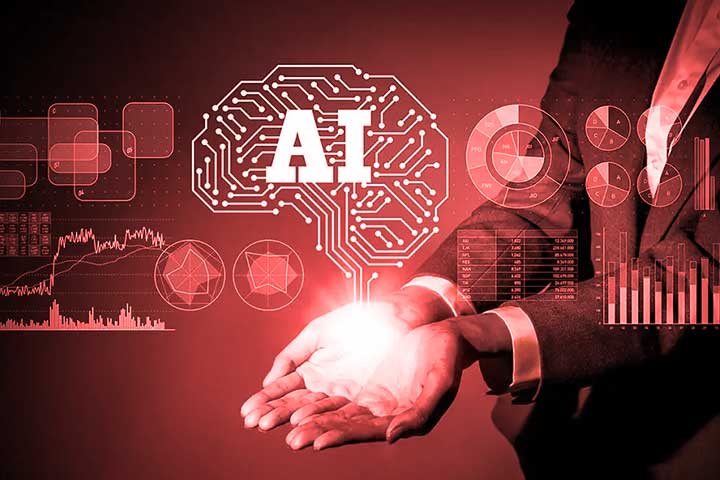Artificial Intelligence, An Illusion For The Majority Of Companies?

The Artificial Intelligence market should exceed 62 billion dollars this year but still seems inaccessible for many small businesses.
In the collective imagination, AI was first the common thread in the scenarios of science fiction films of the 2000s. It is only recently that AI has enabled concrete applications in business.
Artificial intelligence is defined by the conceptualization and development of computer systems to reproduce human intelligence.
The expected promise of this IT evolution is the possibility of addressing business processes more effectively across all their application fields. The ultimate goal is to facilitate the use of client applications.
Where are we today?
AI is becoming ubiquitous
AI has taken off over the past five years to infiltrate our daily lives.
We observe it in intelligent voice assistants such as Siri, Alexa, or Google, in chatbots requested during a claim with an insurance company or a bank, for example.
This technology is experiencing insolent growth. According to Gartner, the global artificial intelligence market is expected to reach $62.5 billion in 2022.
A constant evolution
However, the technologies underlying some of these systems have existed for almost 40 years, with numerous patents covering, for example, the capture of images and text from paper documents.
If, in the beginning, it was simply a digital photograph, various technological contributions have made it possible to pass from a state of “mechanical” capture to that of cognitive capture.
Optical character recognition (OCR) technology thus makes it possible to interpret the shapes on a page as letters or numbers, then place them one after the other to form words or compound numbers or even identify the characters. Specials.
Currently, technology even makes it possible to read a handwritten letter and deduce its meaning from the use of certain words or grammatical constructions.
Many technologies are still recent, but they are constantly evolving.
The solutions are becoming more and more efficient, and some make it possible to extract data or analyze incoming and outgoing documents of a company, almost in real-time.
According to the Teradata study, 90% of decision-makers surveyed indicate that emerging technologies such as AI will impact the transformation of their business in the next three years.
AI is a real lever to strengthen their capacity for innovation. The companies that have adopted it seem more efficient by further developing their activity with the same number of employees.
GE, SME, TPE… who benefits from AI?
The vast majority of companies present in the economic fabric are medium-sized or micro-enterprises.
Some of them do not employ more than ten employees and achieve a turnover not exceeding 2 million euros.
Many of these companies don’t think they can access AI solutions. Contrary to popular belief, AI does not only benefit global giants such as GAFAM, which have already industrialized this approach.
Many SMEs refrain from taking a step toward AI because they are still perceived as an illusion and think the initial investment is too substantial.
However, they are interested in maximizing their resources and helping their employees free themselves from low-value-added tasks by automating the most time-consuming business processes as much as possible.
Towards standardization of AI
A significant issue in all sectors, AI raises many questions.
The first obstacle to its implementation is its cost for 49% of companies.
The second is the lack of internal technological expertise for 31% of them.
This is why only large companies employing more than 250 employees include AI in their IT strategies.
This is the case for 48% of companies whose CIOs were surveyed by Gartner and who already claim to use AI solutions or have plans to do so for the next few years.
While we can all benefit from the speed and responsiveness that AI systems bring to customers and other users, the reality is that for some companies, the entry ticket is still higher than their IT budget.
Let’s keep in mind the evolution of the industry and the technologies that have contributed to it.
Who could have imagined that smartphones, as we know them today, would become accessible to everyone? Whereas in the past mobile phones were unaffordable.
Soon, it may be the same for AI in business…
